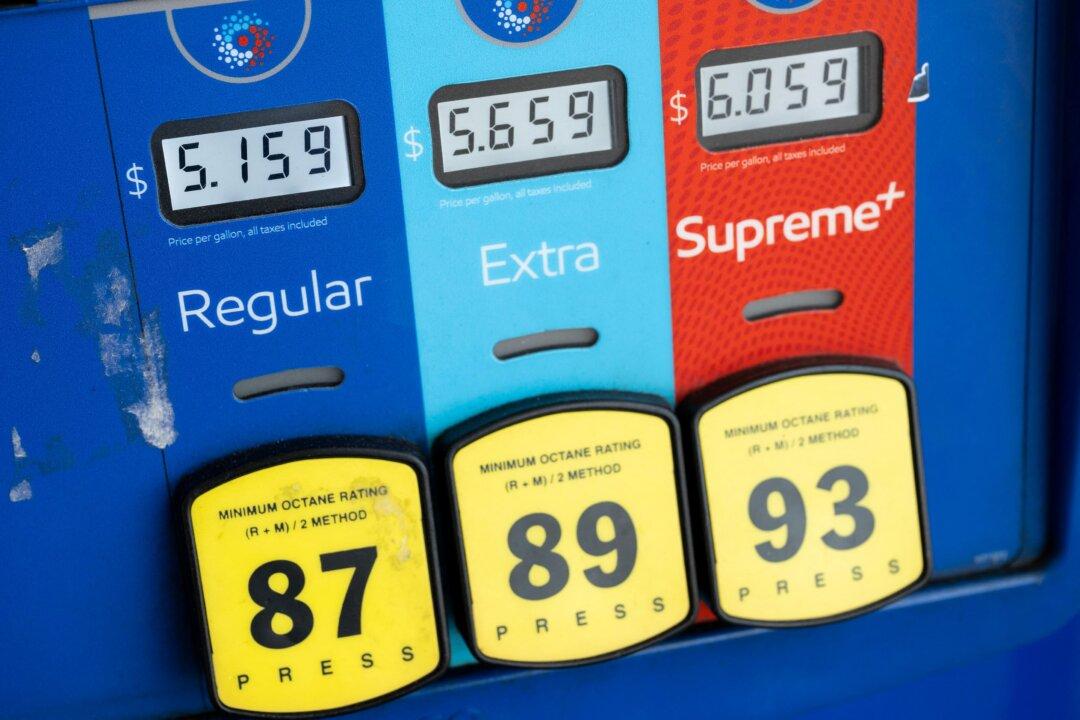The only thing that could curb the current record-high gasoline prices would be a major drop in demand, i.e. a recession, according to several experts. Theoretically, a major shift in U.S. foreign and energy policy could make a difference too, but nobody seems to realistically expect that to happen.
Gas prices have particularly pained Americans, climbing in recent months to more than $5 a gallon. Some experts even consider it the driver of price inflation, which hit a four-decade high of 8.6 percent in May. The price hike has been caused by several factors piling up, including currency inflation, anti-carbon policy moves, misjudging the impact of the COVID-19 pandemic, and Russia’s invasion of Ukraine.





